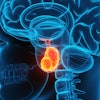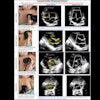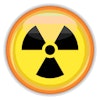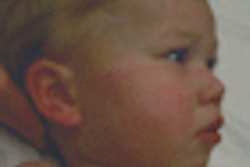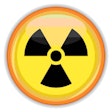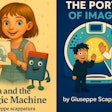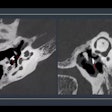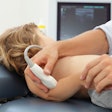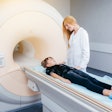Dear AuntMinnie Member,
The Image Gently campaign has successfully focused attention on the need to reduce radiation dose for pediatric CT studies, and nuclear medicine was recently added to the initiative's purview. But what about when the two modalities are used together?
Cutting dose in PET/CT studies of children is the goal of a new study we're featuring this week in our Pediatric Imaging Digital Community. U.S. researchers developed a series of protocols that use weight-based categories to vary radiopharmaceutical injection and CT acquisition parameters.
The study team says the protocols significantly reduce radiation dose, and they also lower the chances that a child might develop cancer later in life from an imaging test. Find out how the researchers did it by clicking here, or visit the community at pediatric.auntminnie.com.
EISNER study
Meanwhile, in our CT Digital Community, we're featuring new results released this week from the Early Identification of Subclinical Atherosclerosis by Noninvasive Imaging Research (EISNER) study of CT coronary artery calcium (CAC) screening.
A multicenter team performed CAC scans of patients with risk factors for cardiovascular disease. The group found that the exams were good predictors of which patients would require further testing -- and, in turn, incur higher healthcare costs. Learn more by clicking here, or visit the community at ct.auntminnie.com.
CAD for virtual colonoscopy
Finally, in our Advanced Visualization Digital Community, we're highlighting a study by Swedish researchers on the use of computer-aided detection (CAD) for viewing virtual colonoscopy exams.
The study examines the question of whether inexperienced readers using CAD can achieve the same level of diagnostic accuracy as radiologists experienced in reading virtual colonoscopy images. Learn the answer to this question by clicking here, or visit the community at av.auntminnie.com.
